
 Data Structure
Data Structure Networking
Networking RDBMS
RDBMS Operating System
Operating System Java
Java MS Excel
MS Excel iOS
iOS HTML
HTML CSS
CSS Android
Android Python
Python C Programming
C Programming C++
C++ C#
C# MongoDB
MongoDB MySQL
MySQL Javascript
Javascript PHP
PHP
- Selected Reading
- UPSC IAS Exams Notes
- Developer's Best Practices
- Questions and Answers
- Effective Resume Writing
- HR Interview Questions
- Computer Glossary
- Who is Who
How to upload a 360 video to YouTube?
On the Internet, 360-degree videos have become very popular. They also allow for a lot of creative freedom since they give individuals a complete picture of a setting. 360-degree videos let viewers feel like they are a part of the scenario and give them a more realistic experience when using VR-capable equipment. As a result, numerous creators want to understand how to upload 360-degree films on YouTube from their computers.

YouTube now allows for 360-degree videos to be uploaded. Since it is one of the world's biggest streaming video platforms, using YouTube to promote such material makes sense. Any of the major browsers and certain mobile devices may watch these videos. However, they must be downloaded from a PC desktop.
In live event filming, interactive video tours, gaming videos, and various other genres, this technology can be incorporated in a variety of ways.
YouTube 360 Video Specification
Creating a video that YouTube will accept as a 360 submission is the first step in the process. 24, 25, 30, 48, or 50 frames per second should be used in such a video. It will not be approved if you go any higher.
Videos with resolutions of 7168x3584 and 8192x4096 are also a good idea. If the video quality is lower, the audience will not be able to view it pleasantly.
How to upload 360 videos to YouTube
You will need a place to upload your 360 videos once you have shot and edited them. YouTube is one of the few video players that can handle 360 videos. You are in the right spot to begin, at the very least, because of its wide audience and usage. However, uploading 360 videos to YouTube is not as straightforward as it seems. Before you can begin sharing your material, there are a few more steps to go through. Uploading 360 videos to YouTube is simple. We must follow the following steps to upload the 360-degree video to YouTube ?
Video Metadata
Metadata of a video file permits viewers to identify the characteristics of the video file, making it easier to search, use and manage the video. The video metadata can, for instance, include the date of the video creation, the creator's name, location, date of upload, camera ID and more.
You will want to look at the metadata once you are certain your video is of the highest possible quality on YouTube's recommended standards. The code within the video that tells YouTube more about it than you can is referred to as metadata. If the video is not clearly labelled as being in 360 formats, YouTube will attempt to upload it as an ordinary video, which will be confusing and difficult. You will need to inject metadata if your clip does not include it naturally.
How to inject metadata
A 360-degree Metadata app may be used to inject metadata into your video so that it stands out from other videos. The Spatial Media Metadata Injector app, which is also available for macOS and Windows, may be downloaded from YouTube.
Launch the app, choose the video file you want to add metadata to, and then upload it to YouTube.
Please click on the link to download a 360 metadata injector.
https://github.com/google/spatial-media/releases/tag/v2.0
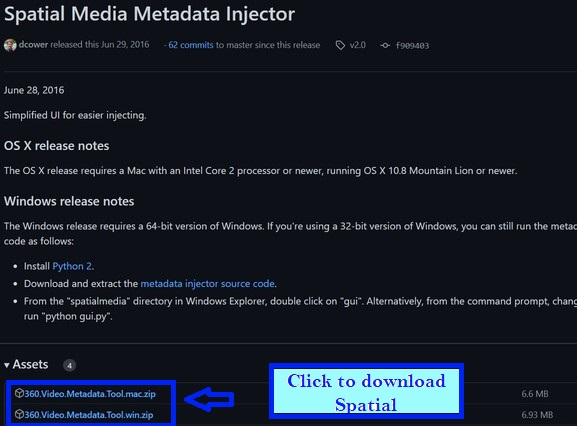
The software will be downloaded. Double-click to open it.
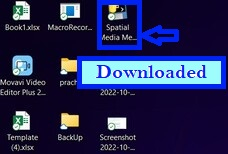
Click on open to upload the 360-degree video to inject metadata.
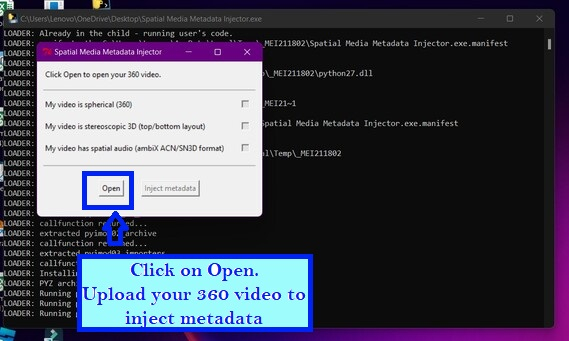
Select your video from computer address and open it.
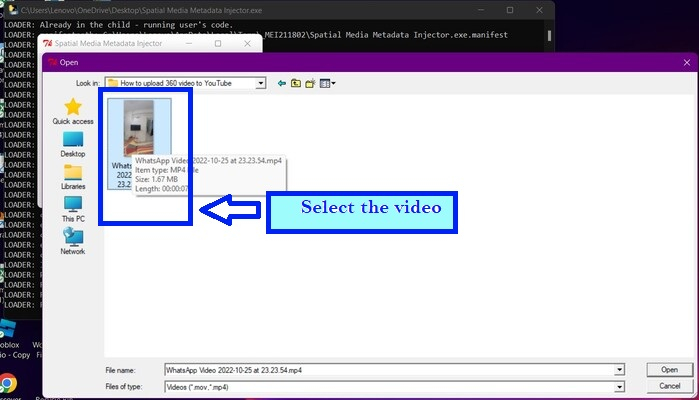
For Spherical Video, choose the checkbox. Make sure that the 3D Top-Bottom checkbox is not selected.
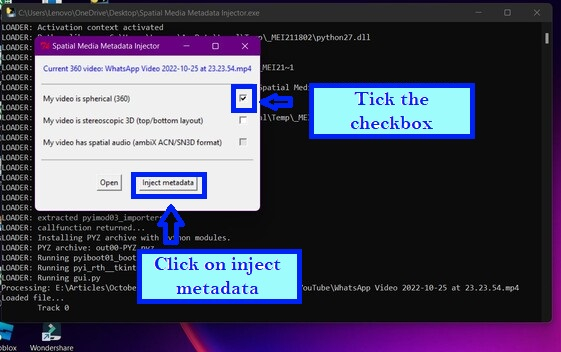
Then click Save (do not change default name).
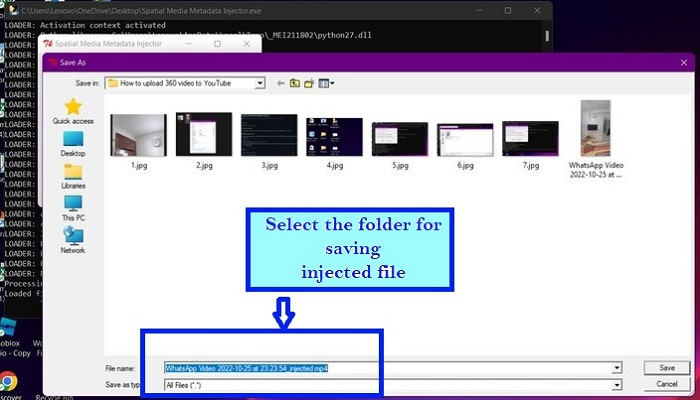
Save the video to the location of your choice.
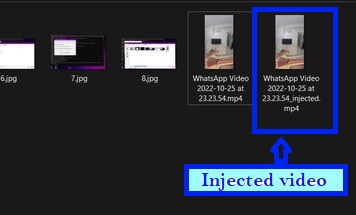
Upload the video
After that, you can upload it to YouTube with ease. Uploading 360-degree videos is like uploading regular ones. Title, tag, and select a thumbnail for your uploaded file with the inserted metadata. You will have to be patient because processing these 360 videos will take much longer than processing a regular video. The steps to upload the video are ?
Open YouTube an click on create.
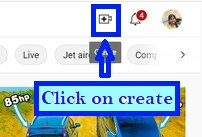
Click on Upload video.
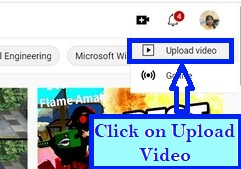
Select the video from computer address.
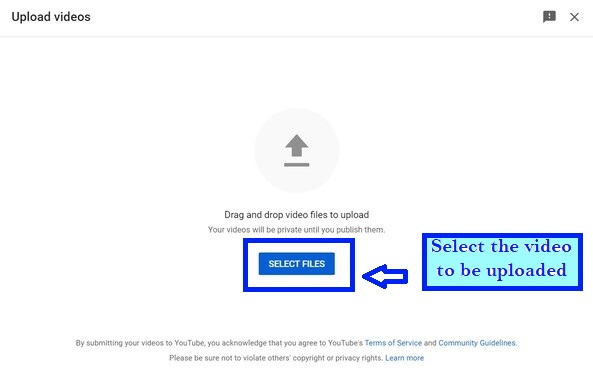
Add title, description and thumbnail and click on next.
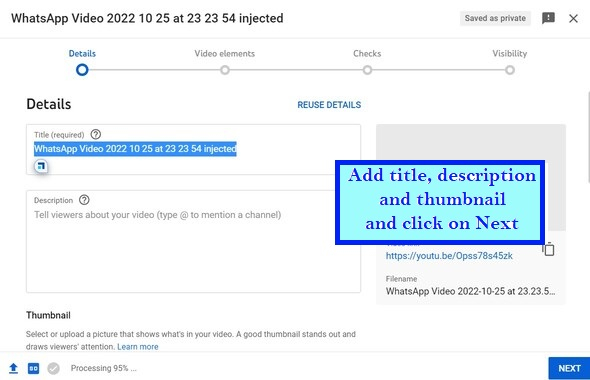
Add other video elements like subtitles, cards etc and then click on Next.
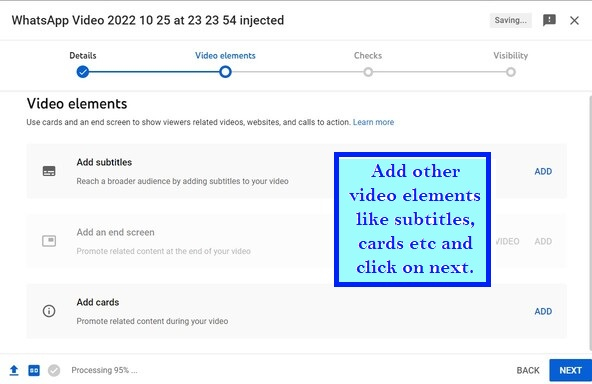
YouTube will check the video authenticity.
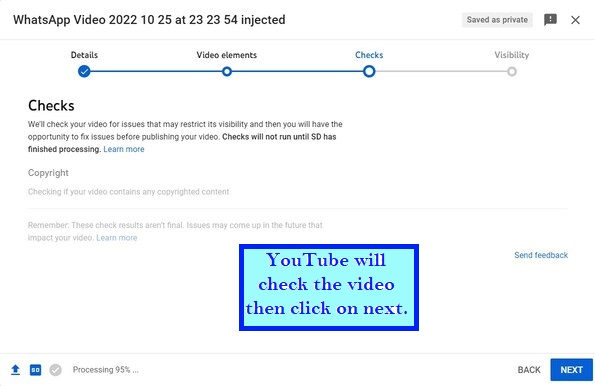
Set the visibility. Schedule the video or publish it immediately.
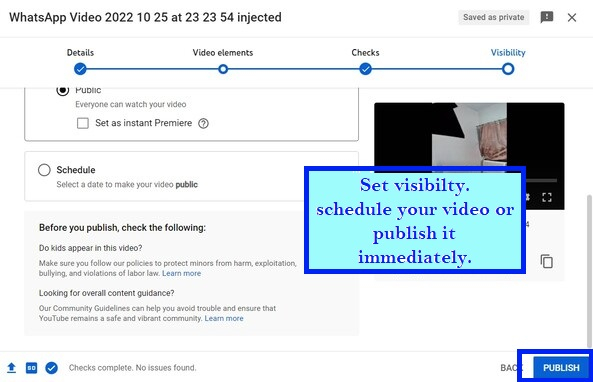
YouTube will ask to share the video if you want. After sharing or not sharing close it.
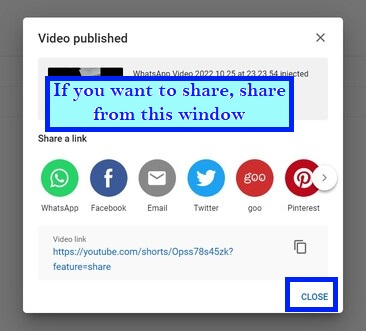
360-degree video is uploaded. Double tap to play it.

The video is playing. You can use the direction to change the direction.
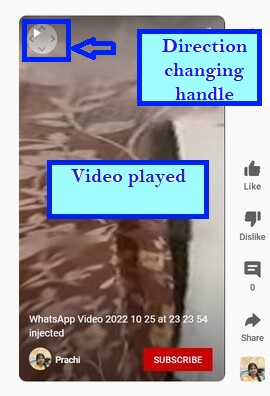
To confirm that 360-degree playback is enabled, watch the video. You may explore the video by using the keyboard or mouse.
Hit publish when you believe the video has performed as intended. Enable the 360 features before continuing. When you watch the video on YouTube with 360 enabled, a pan button will appear and you may switch through it using your keyboard's W, A, S, and D keys.
Conclusion
360-degree video has grown in popularity in recent years and is an entertaining and immersive kind of video material. It generates interest and, as a result, has a 30% higher repeated view rate than regular video content. Apart from the limitless possibilities it provides to viewers and content creators, it encourages engagement. If your marketing efforts include immersive, 360-degree video material to engage with, your audience is likely to respond better. To do so, simply convert the original video you have captured into a beautiful movie that anybody may watch.
Bonus
5 best 360-degree videos on YouTube

